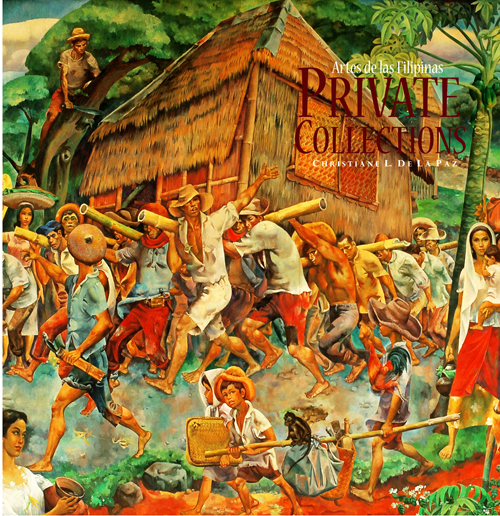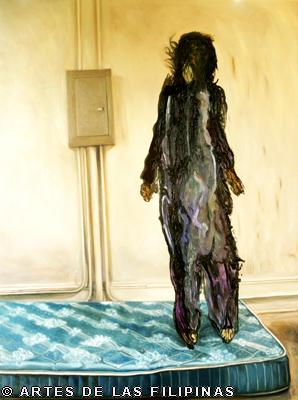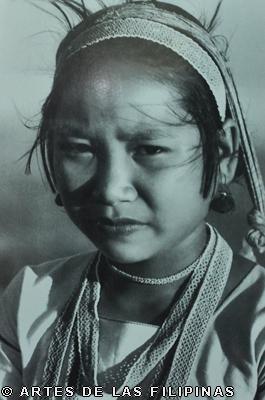
The Culture and Art of the Mangyan
by: Jericho Paul Santos
The Mangyan tribe has been included in the history of Mindoro. Spaniards have long documented the life of the Mangyan people. However, much is still to be learned from the culture of one of the Philippines’ richest ethnic group.
Mangyan refers to the Philippine ethnic group living in Mindoro Island but some can be found in the island of Tablas and Sibuyan in the province of Romblon as well as in Albay, Negros and Palawan. The word Mangyan generally means man, woman or person without any reference to any nationality. Social scientists have documented Mangyan tribes into several major tribes. One of the ways to categorize them is through their geographical location. The Northern tribes include the Iraya, Alangan and Tadyawan tribes while the Buhid, Bangon Batangon and Hanunuo Mangyan comprise the tribes in the South.
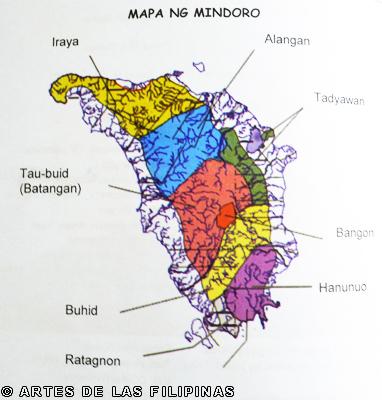
The Culture
Despite being grouped as one tribe, Mangyans differ in many ways. In comparison to the technological advance between the two geographical divisions, the Southern tribes are more advanced as seen in their use of weaving, pottery and system of writing. The Northern tribes, on the other hand, are simpler in their way of living. Their language just like the whole Philippines came from the Austronesian language family. However, even if they are defined as one ethnic group the tribes used different languages. On the average, they only share 40% of their vocabulary words on their mutual languages. The tribes have also varied physical and ethnogenetic appearances: Iraya has Veddoid features; Tadyawan are mainly Mongoloid; and the Hanunuo looks like a Proto-Malayan.
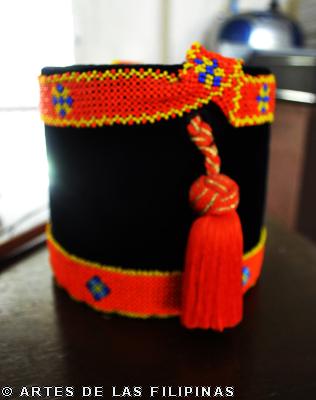
A Mangyan bracelet
Another difference between tribes is the date of their arrival in the Philippines. Theory suggests that the Southern tribes are already present by 900 AD while the Northern tribes are believed to have arrived hundreds of years ahead of their Southern peers. The Spanish authorities have documented their existence since their arrival in the 16th century. However, historians suggest that the Mangyans may have been the first Filipinos to trade with the Chinese. Examples of these are seen in the burial caves as porcelains and other potteries abound. However, not much ethnographic research has been made except for the tribal and linguistic differences that may lead to the indication that the tribes can be treated separately.
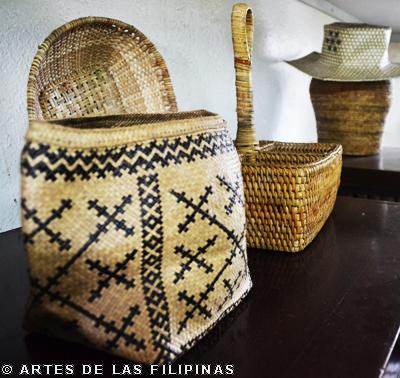
Some Mangyan crafts
Mangyans lived in peaceful societies as compared to the head hunting tribes of North Luzon and the brave defiant warrior tribes of the South. Social scientists theorized that some societies become peaceful because their system of norms and values reward peaceful behavior but disapprove aggressive and impulsive behaviors. Peaceful societies are characterized by egalitarian social organization without status competition between men and without asymmetric relationship between men and women. Another theory posited that populations adapt, therefore, offering a more logical explanation why Mangyans preferred to retreat in the hinterlands. They accept peaceful submissiveness when they encounter lowland settlers, missionaries, traders and government officials.
The Arts
Mangyans offers a rich artistic heritage to the history of pre-colonial Philippines. Like any other indigenous tribes in the country their art is an expression of social relations in their community hence the adage, “Art for art’s sake” does not apply to them. One of their arts is the Ambahan, a rhythmic poetic expression with a meter of seven syllables presented through recitation and chanting. A variation of this is the Urukay, wherein it uses eight syllables instead. There are no authors of the poetry and if one will ask a Mangyan where he learned the lines of the poem, he’d say it came from his parents or read and copied it from the bamboo shoots where they originally write their scripts. The following are sample of the poems:
Ara kaw bala kasapo Didn’t you notice before
Ga buyong-buyong ang barko That a boat turns left and right
Nagapangita rikudo Looking for a landing-place
Yadtong punduhon maayo Where it can anchor safely?
(Finding the right and well thought decision)
Nos anod di anod wan Its a fact that we all know
Nos anod ti tuo wan A truth wherever we go
Kayaw toy was lanbungan The sun is in the afternoon
Kayaw ambaba yi man will be setting very soon.
(Accepting the ageing and dying is something we all share)
Pakudos meanwhile is a Mangyan design that is characterized by simple symmetrical organization with equal stress on vertical and horizontal composition and an orderly use of lines and spaces that are pleasing to the eyes.
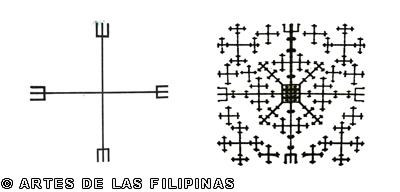
The simplest form and sample pattern design of pakudos
Finally, the Mangyan script. When the Spaniards arrived in the Philippines, the more famous Filipino system of writing, the Baybayin was discarded. However, in Mindoro, the Buhid and Hanunoo Mangyans continued to practice their writing system. The Mangyan script like the Baybayin is based on the syllables of the Philippine phonetics. The National Museum declared this surviving system as National Cultural Treasures on December 9, 1997. The UNESCO on October 6, 1999, meanwhile, inscribed the scripts in the “Memory of the World” registry.
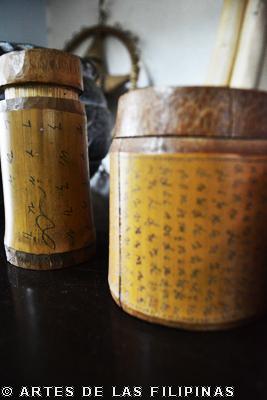
Mangyan script
Like most indigenous people around the globe, the tribesmen are usually treated as second class people in their own country and are commonly subjected to abuse. Therefore, protection of their way of living and preservation of their heritage is essential in providing them a life with the same equal rights and addressing their problems and needs in this fast-changing global environment that they currently live in.
References
Angles Reyes, Lynda. The Pakudos as Motif of Mangyan Art. Pandiwa Journal. 1992
Howell, S./R. Willis (eds.). Societies at Peace. London: Routledge. 1989
Postma, Antoon. Mangyan History. November 1999
Postma, Antoon. The Ambahan: Mangyan Verbal Art. Manyan Mission
Service, E. Primitive Social Organization. New York: Random House. 1971


